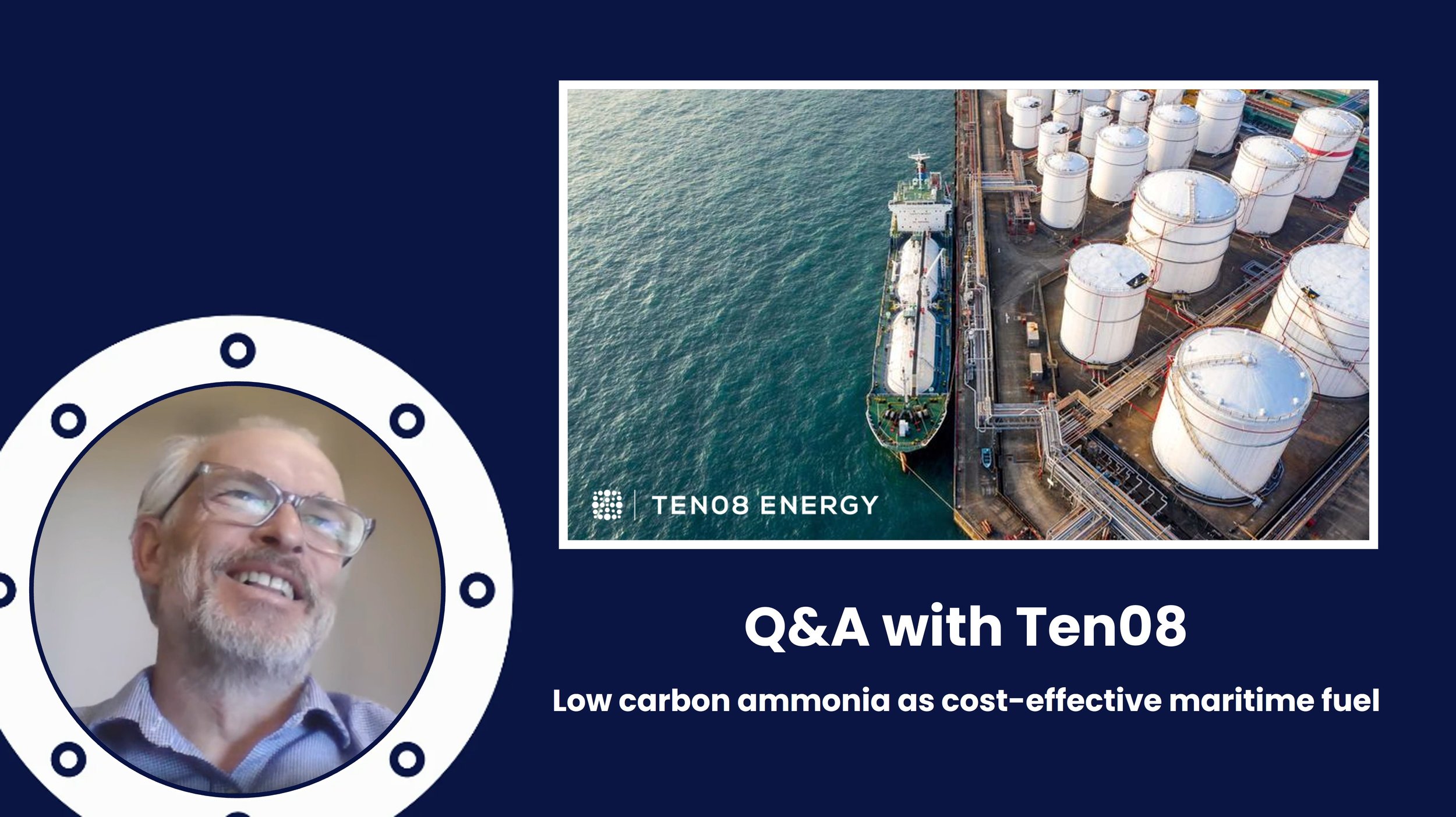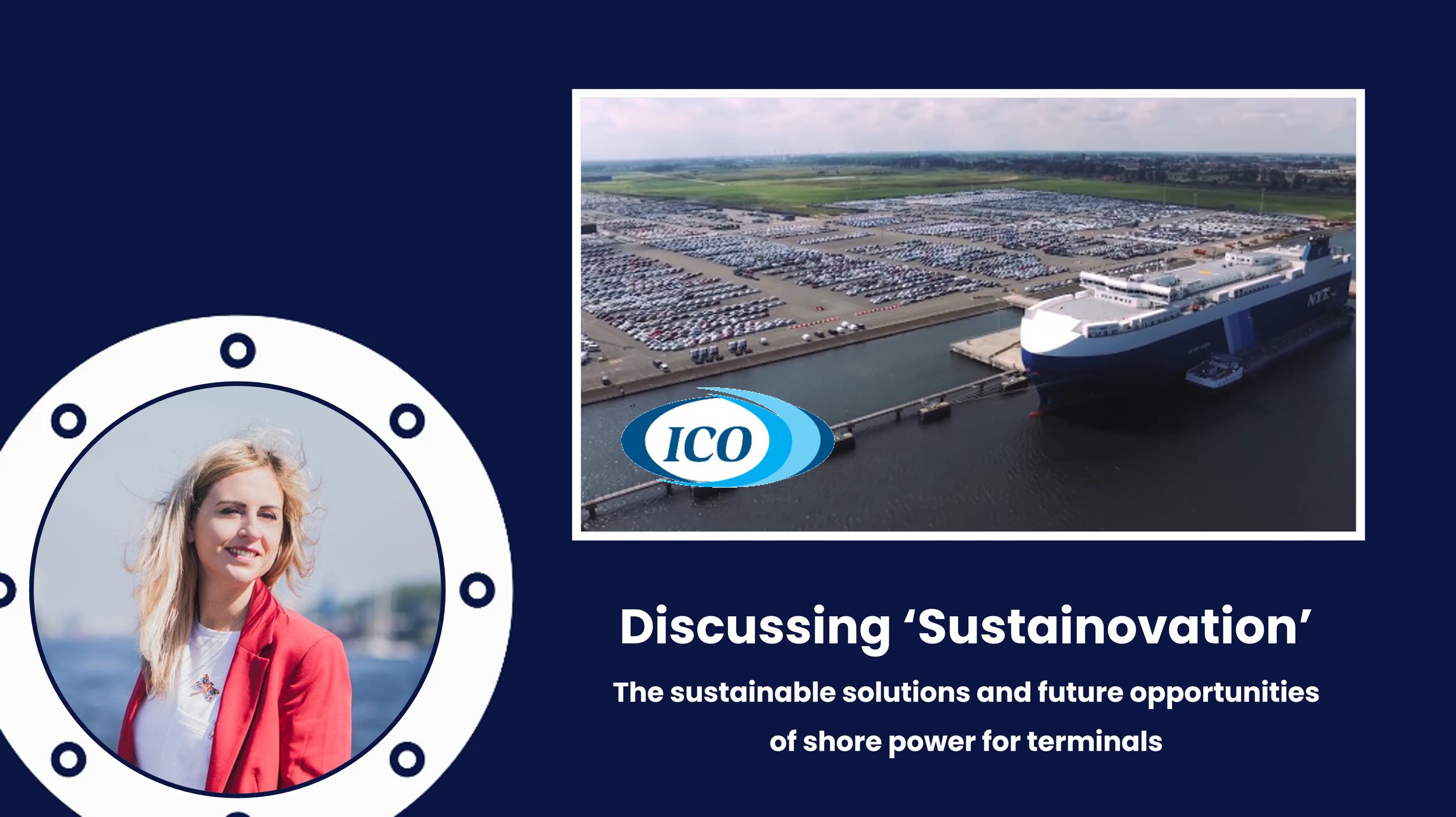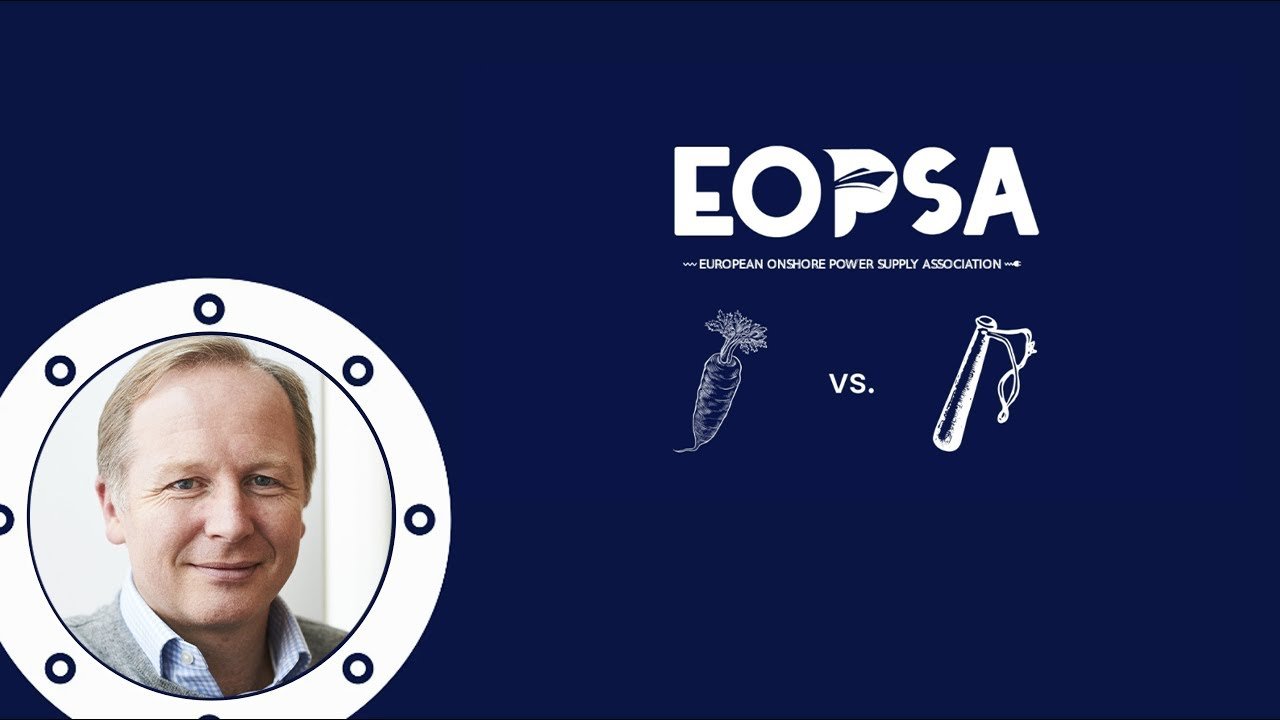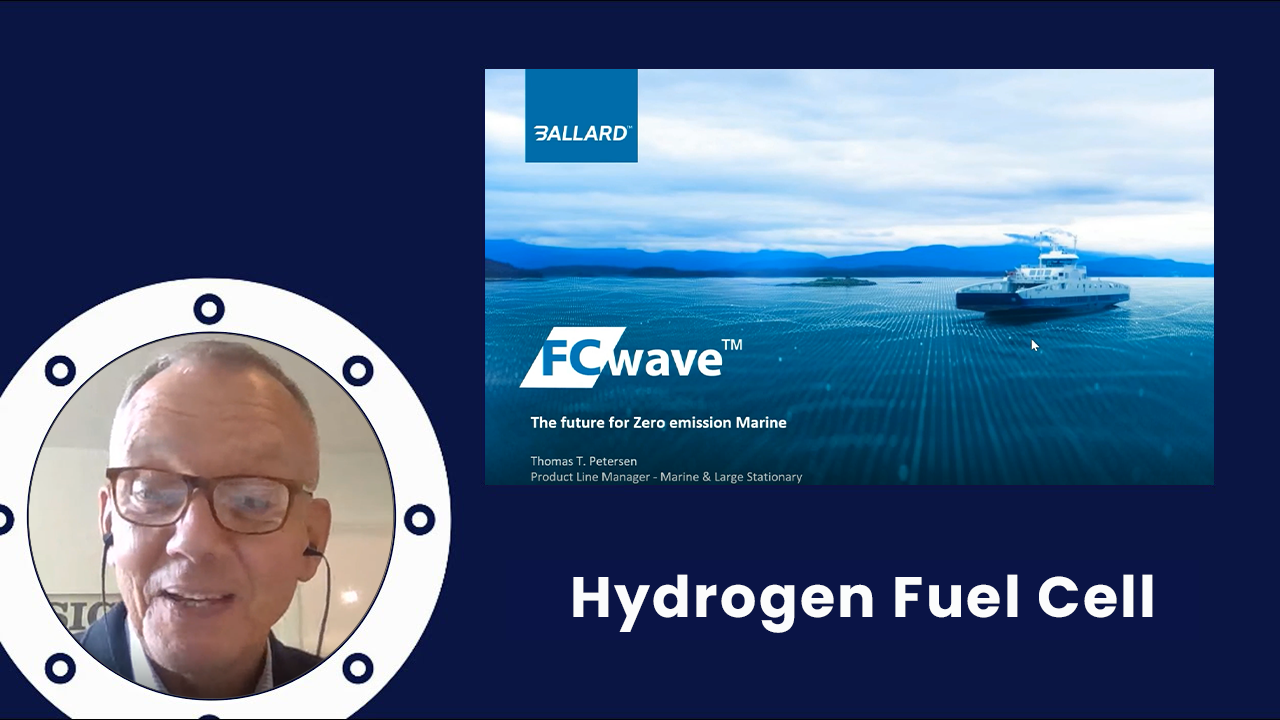FuelEU and IMO Net-Zero Framework explained - Q&A with Normec Verifavia
About Q&A
This Q&A session unpacks the upcoming IMO Net-Zero Framework and how it overlaps or differs from FuelEU Maritime, with expert contributions from Rajat Bishnoi and Yuvraj Thakur of Normec Verifavia, hosted by Vincent Doedee.
The session dives into the structure, timeline, compliance tiers, penalties, and accounting mechanisms proposed under the IMO framework. It highlights what shipowners and ISM managers need to know as they prepare for enforcement starting in 2027, with the first reporting year in 2028. It is a practical, clear guide for all those who need to comply with the regulations, including real-world questions from the audience on fund management, Z&Z technologies, voluntary market trading, and compliance strategy under overlapping EU and IMO systems.
Normec Verifavia provides accredited verification, reporting support, and regulatory guidance for maritime stakeholders navigating FuelEU Maritime, EU ETS, and IMO decarbonisation measures.
Key insights
1) Overlap with FuelEU could result in dual penalties
Until harmonization is confirmed, ships trading in the EU may face compliance obligations under both FuelEU and IMO, with no guarantee of mutual recognition. Industry stakeholders are advised to prepare conservatively.
2) ZNZ technologies may be rewarded, but definitions remain vague
ZNZ stands for Zero or Near-Zero technologies and includes fuels and technologies with WTW GHG intensities below 19 gCO₂e/MJ. These will likely receive incentives. However, the specific benefits are not yet defined, and the status of technologies like WAP or construction-phase emissions remains unclear.
3) Only Tier 2 units can be ‘traded’
Only Tier 2 deficit ships can use surplus compliance units from other vessels; Tier 1 deficits must be resolved by paying penalties directly. The IMO Net-Zero Framework explicitly prohibits pooling and does not allow trading of Tier 1 credits, limiting flexibility for partially non-compliant ships.
Questions asked
Will vessels subject to both FuelEU Maritime and IMO GFI be penalized under both schemes?
This is currently unclear. Harmonization is expected, but for now, shipowners should plan conservatively for possible double penalties.
What system will be used for GFI-related payments?
The IMO will set up a GFS registry where ships must open accounts by Q3 2027. This registry will handle payments, credits, and fund disbursement.
How does the GFS registry relate to the Net-Zero Fund?
The same registry will fund and manage financial incentives for compliant ships and those using low or zero-emission technologies.
Will FuelEU penalties also be processed through the MOA account?
It’s not confirmed yet, but harmonization with existing MOA systems is expected since the same authority administers both regulations.
When will THETIS enable partial reporting for vessel management changes?
An update is expected within the next few months. Until then, ships should not be removed from THETIS until full compliance is achieved.
Can FuelEU compliance surplus be traded in the voluntary carbon market?
Generally no, due to double-counting rules. Exceptions may exist under certain voluntary market frameworks, but they must be verified individually.
Will non-compliance with IMO GFI incur additional penalties beyond existing ones?
Possibly, although specifics aren’t yet published. Ships without SOCs risk detention by port state control.
Will IMO publish conversion factors for calculating GFI?
Yes. Standard values and calculation templates are being developed, including LCVs and WTW intensities for all fuels.
Will fund management be centralized or handled by flag states?
Likely by flag states. Centralized administration hasn’t been proposed.
Will GFI reporting be voyage-based or event-based?
Voyage-based will be the minimum requirement. Event-based reporting is preferred when seeking exemptions or using Z&Z technologies.
What are ZNZ technologies?
Technologies or fuels with a WTW GHG intensity below 19 gCO₂e/MJ. These may be eligible for future rewards.
Will IMO reward Wind Assisted Propulsion like FuelEU does?
Possibly, but not explicitly. It could reduce GFI enough to qualify for indirect benefits.
Are construction emissions of ZNZ tech included in lifecycle assessments?
Not yet defined. They may be considered if included in supplier-provided lifecycle data.
How can ships comply with GFI requirements?
By using sustainable fuels, buying remedial units, or (Tier 2 only) transferring surplus units from other compliant ships.
Can Tier 1 deficits be traded or offset using surplus from other ships?
No. Only Tier 2 deficits can be offset with surplus units; Tier 1 deficits must be resolved through penalty payments.
What are the biggest differences between FuelEU Maritime and IMO GFI?
FuelEU allows pooling and broader flexibility. IMO GFI uses a two-tier system, prohibits pooling, and enables unit transfers only under strict conditions.

















